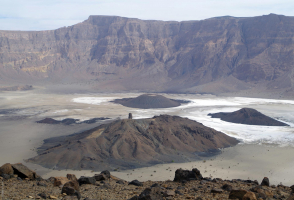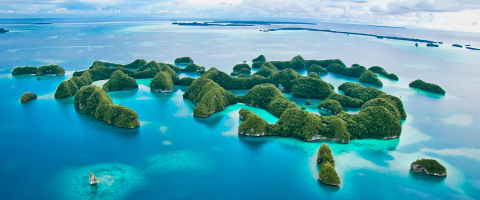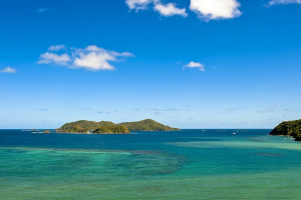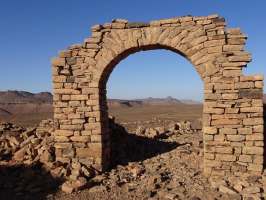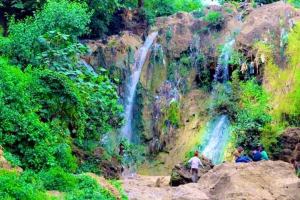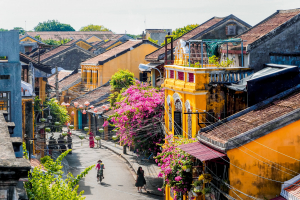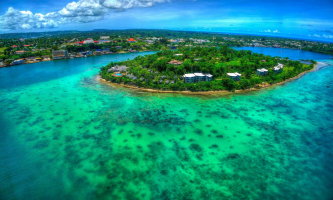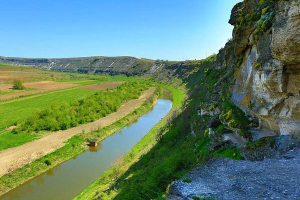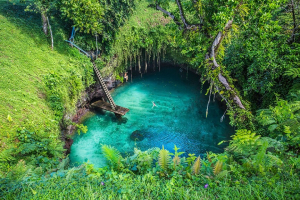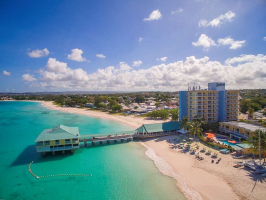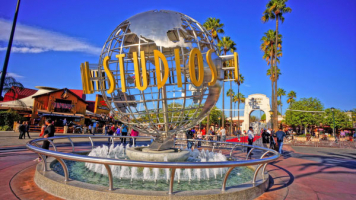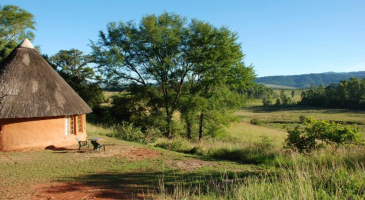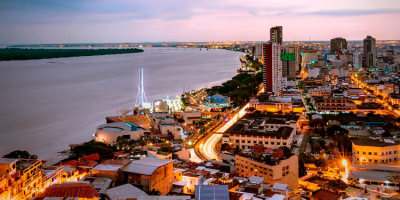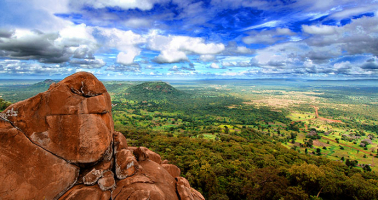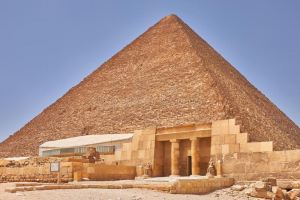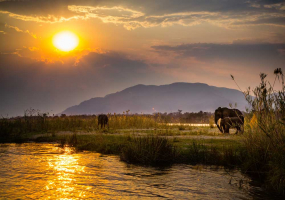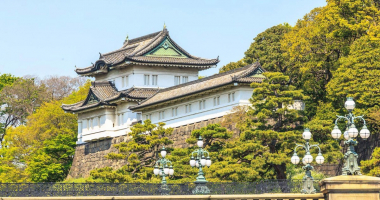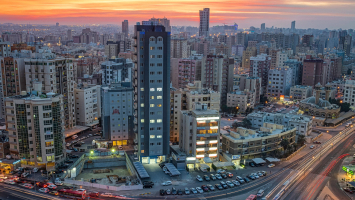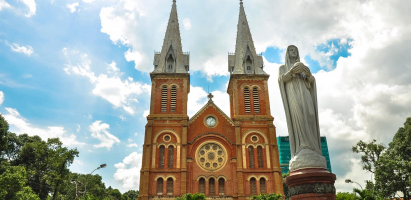Top 10 Best Tourist Attractions in Santiago de Cuba
Santiago de Cuba is the country's second-biggest city and a historical and cultural treasure. The city is generally referred to be the birthplace of the Cuban ... read more...Revolution, and the city's numerous museums memorialize crucial events from the country's history. Let's find out the Top 10 Best Tourist Attractions in Santiago de Cuba below!
-
The San Pedro fort, which has been a Unesco World Heritage site since 1997, sits impregnably on a 60-meter-high rock at the entrance to Santiago bay, 10 kilometers southwest of the city. It is regarded as one of the best-preserved Spanish strongholds of the 17th century. The structure, perched on a cliff, took decades to complete and was ultimately finished at the end of the 17th century. The initial blueprints were developed by Italian architect Giovanni Battista Antonelli in 1587.
The Castillo de San Pedro del Morro was built to defend against pirate invasions, but it was also used as a jail in the late 1700s before being converted as a fortress. This beautiful fort is now available to the public and contains a small naval museum with exhibits on piracy and local history. The top terrace offers breathtaking views of Santiago's wild western shoreline, which is surrounded by the velvety Sierra Maestra. Following your tour of the fortress, dine on the roof and terrace restaurant, which offers stunning views of the bay. The best time to visit the fort is around an hour before sunset when you'll have plenty of time to tour the fort and take photographs before the sunset cannon firing ceremony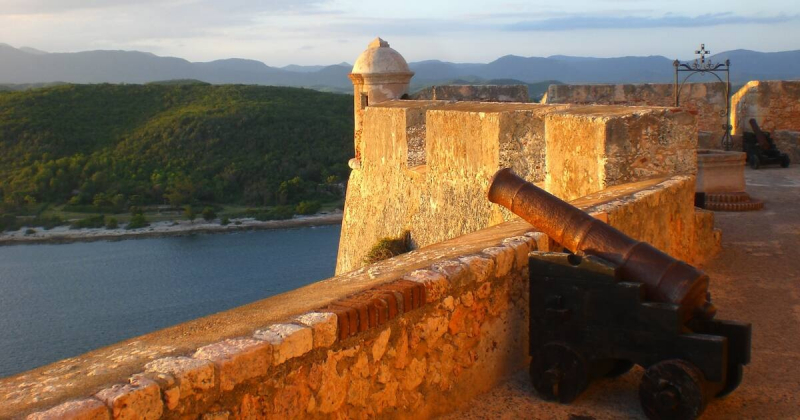
Castillo de San Pedro de la Roca del Morro 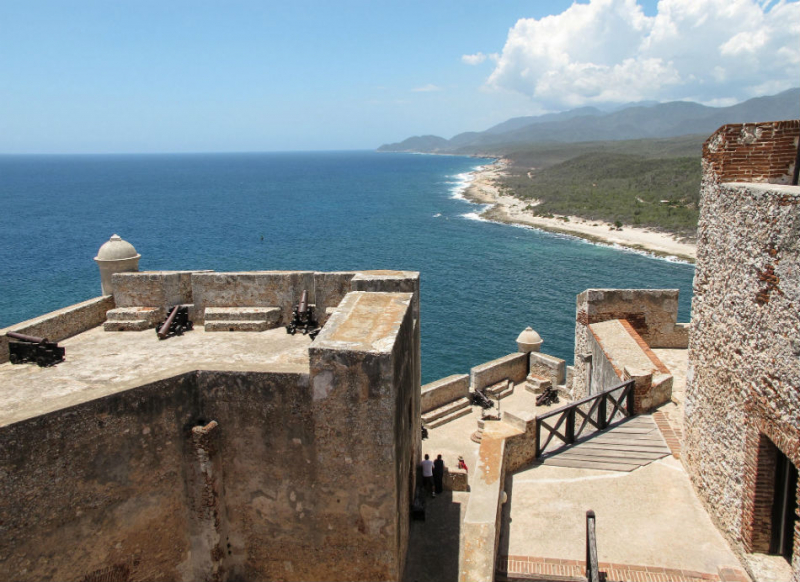
Castillo de San Pedro de la Roca del Morro -
Parque Cespedes, located in the center of the city, is an excellent starting place for sightseeing trips. The Casa de Diego Velazquez and the Cathedral of Our Lady of the Assumption (Catedral de Nuestra Seora de la Asunción) are two of Santiago de Cuba's most famous structures. A beautiful bronze figure of Carlos Manuel de Céspedes, the landowner who began the war for Cuban independence in 1868, stands in the center of the square.
Even though Parque Cespedes is more of a plaza than a park, it is a popular gathering location for residents and visitors at all hours of the day and night. One popular activity that draws a large crowd is the performance of classic danzón by artists from previous decades, which hearkens back to a time when such rhythms permeated the Cuban air. The air is filled with music, and a vibrant vibe prevails. It's also a nice location to unwind with a cup of coffee or a refreshing beverage while observing the world go by.
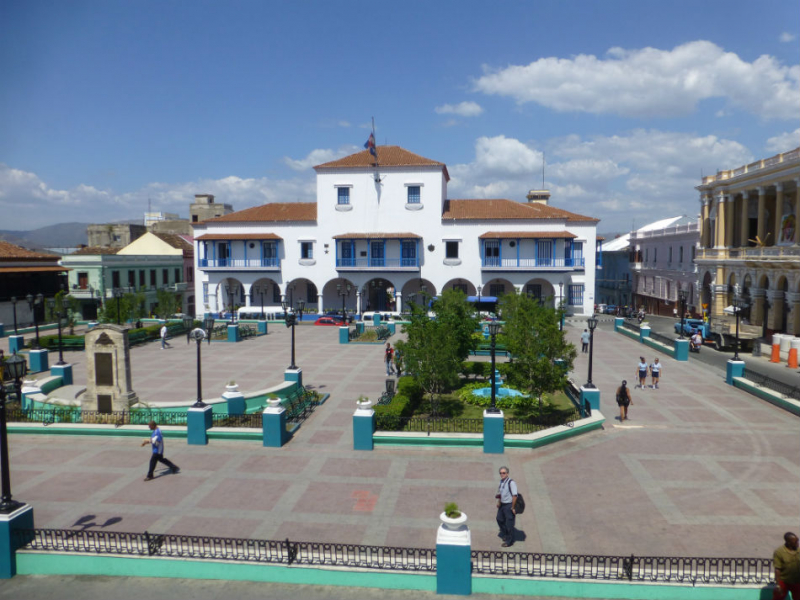
Parque Cespedes 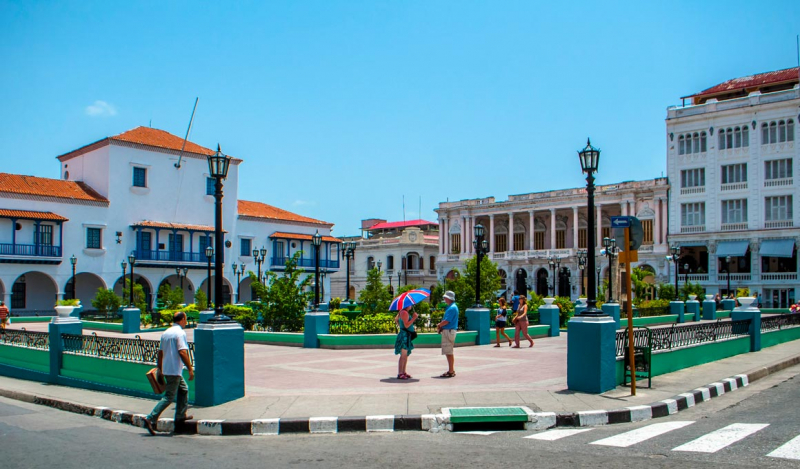
Parque Cespedes -
This amazing building is impossible to overlook. The Cathedral of Our Lady of the Assumption, which adorns the south side of Cespedes Park, is one of the most striking sights and must-see attractions in the region. The church was finished in 1526, although it has undergone several restorations throughout the years due to pirate invasions, earthquakes, and renovations. It was designated as a Cuban national monument in 1958.
Two tall bell towers and marble figures peering out from niches adorn the stunning front. Before entering, look up to see Michael the Archangel perched between the towers. The gorgeous blue and white-domed ceiling, beautiful murals, and hand-carved choir stall are among the features within. You may also visit the Museo Eclesiastico, which has a collection of ecclesiastical art and sacred music scores. Before you depart, make a point of climbing the tower to take in the stunning views of the city.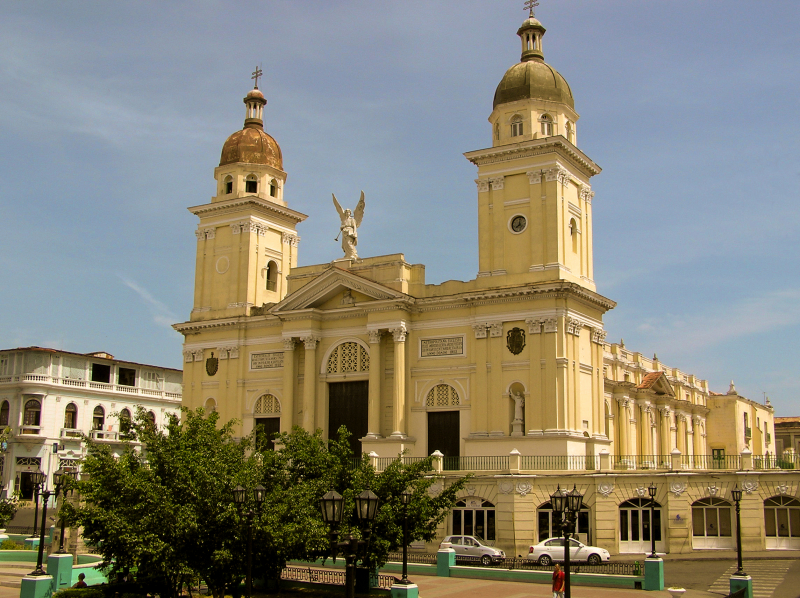
Cathedral of Our Lady of the Assumption (Catedral de Nuestra Señora de la Asunción) 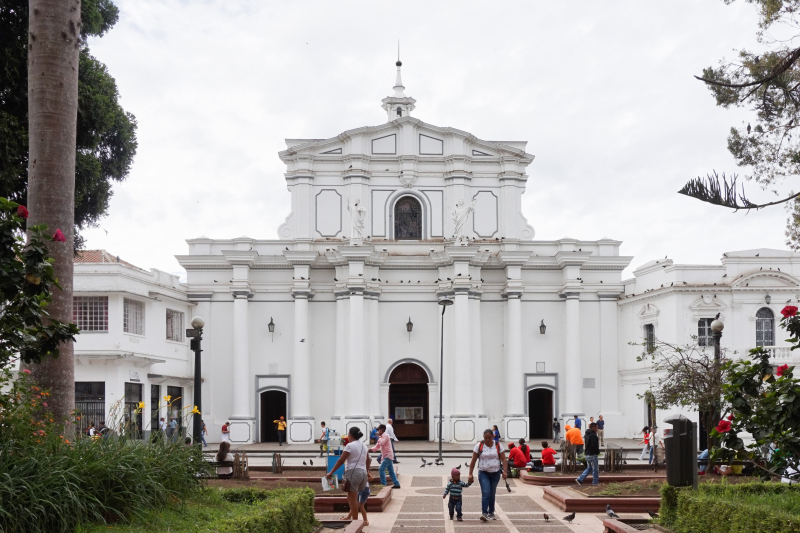
Cathedral of Our Lady of the Assumption (Catedral de Nuestra Señora de la Asunción) -
The remains of some of Cuba's most renowned military commanders, as well as those of wealth and notoriety, are interred in the Cementerio de Santa Ifigenia in Santiago de Cuba. Some of the monuments built to mark the burials are magnificent works of art. You may pay a visit to the José Marti Mausoleum. The Jose Marti Mausoleum is one of the cemetery's most remarkable features, where his remains are claimed to rest on a handful of soil from each of America's countries. It has a hexagonal design, and each side has a window that lets the sun in, allowing the tomb to be lighted throughout the day.
Carlos Manuel de Cespedes, Emilio Bacardi, and Frank Pais are all buried in the Cementerio de Santa Ifigenia. Famous Cubans, notably musician Compay Segundo, who was laid to rest here in 2003, are still buried here. A changing of the guard ritual takes place every 30 minutes. Guides are highly recommended for learning about the history of the region.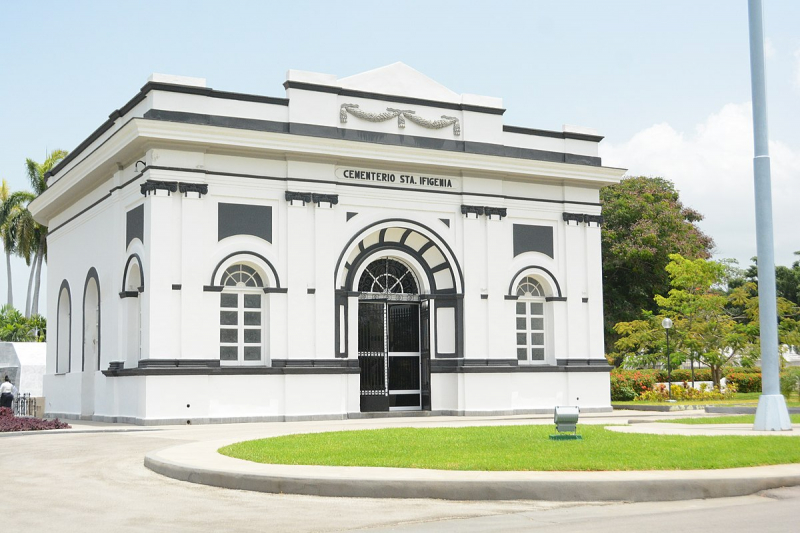
Santa Ifigenia Cemetery (Cementerio de Santa Ifigenia) 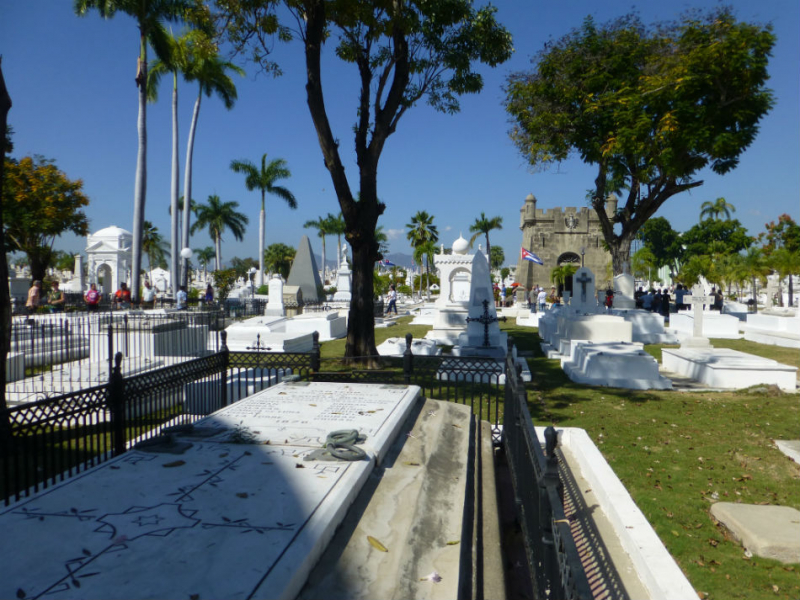
Santa Ifigenia Cemetery (Cementerio de Santa Ifigenia) -
The Casa de Diego Velazquez, which stands above Parque Cespedes, provides a fascinating peek into the life of a Spanish conquistador. The building, which was built in the early 1500s and today houses the Museo de Ambiente Historico Cubano, is claimed to be Cuba's oldest residence. Diego Velazquez, the conqueror and governor, resided above, while the lower level was utilized as a gold foundry, with the furnace for melting gold still standing. The building's beautifully carved ceilings, sturdy walls, and solid construction reflect the Spanish empire's wealth and power.
The house was restored beginning in 1965 and is now the Museo de Ambiente Historico Cubano. The museum houses a great collection of furniture from the 16th to 19th century. The collections are amazing, with excellent porcelain, glass, and other domestic objects that compliment the antique furnishings in each room. To get the most out of a visit here, guided tours in English are advised for people who do not know Spanish.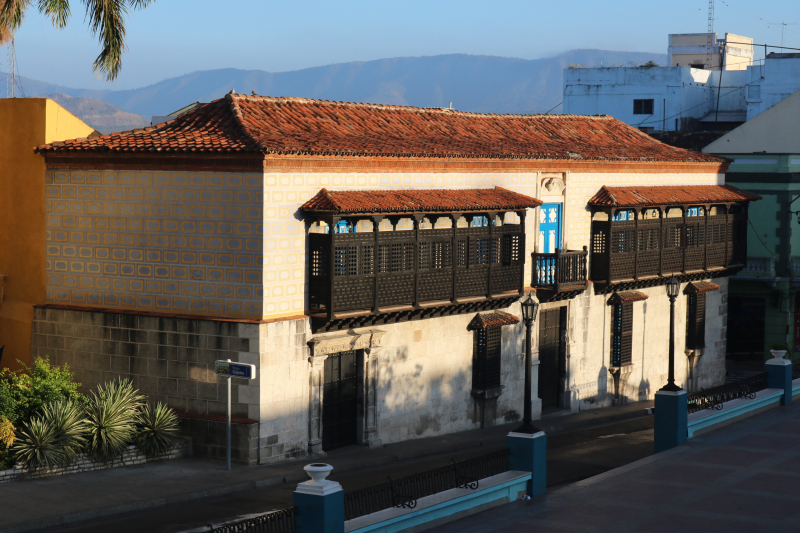
Casa de Diego Velazquez (Museo de Ambiente Historico Cubano) 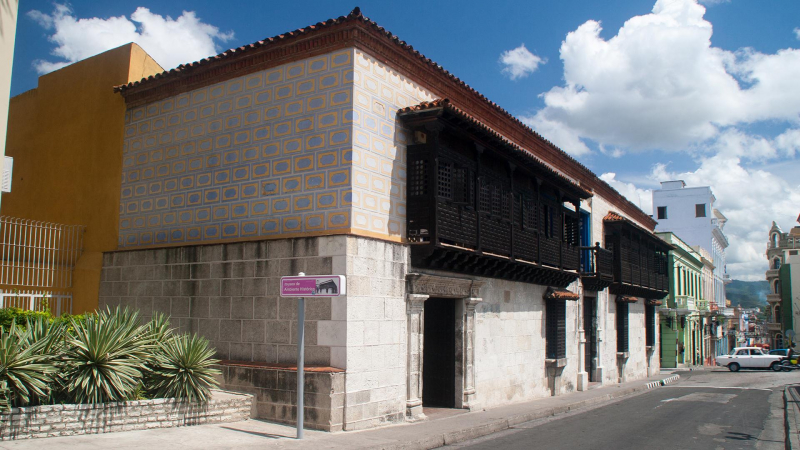
Casa de Diego Velazquez (Museo de Ambiente Historico Cubano) -
The Cuartel Moncada in Santiago de Cuba was named after General Guillermón Moncada, a hero of the Cuban War of Independence. History lovers might visit this famous attack site and macabre museum if they are interested in the Revolution. Rebel troops led by Fidel Castro, Raul Castro, and Che Guevara attacked these concrete barracks on July 26, 1953, amid carnival celebrations, in order to steal firearms.
Although the attempt failed, the revolutionaries won widespread notoriety for their efforts, and many people regard this occurrence as the start of the Revolution. Visitors to the Moncada Barracks now may witness bullet holes from the attacks and tour the museum, which covers Cuban history from the 1500s to the present. The exhibitions are centered on events from the 1950s, notably the disastrous July 26 attack. Because a portion of the structure is utilized as a school, you may see students on the grounds during your visit.
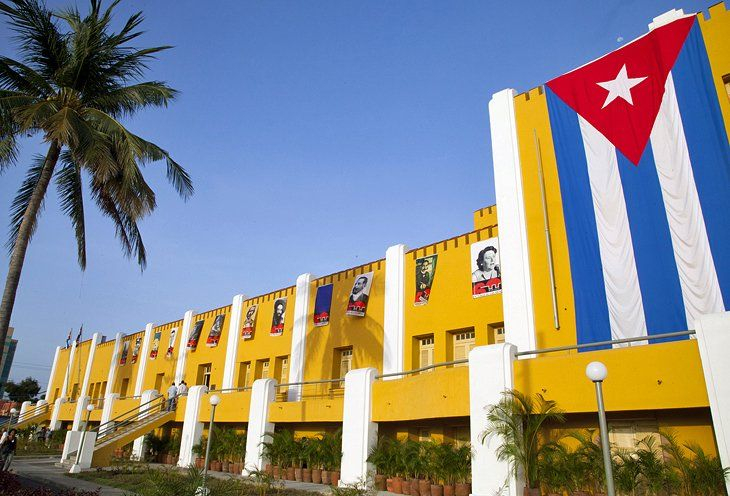
Cuartel Moncada (Museo Historico 26 de Julio) 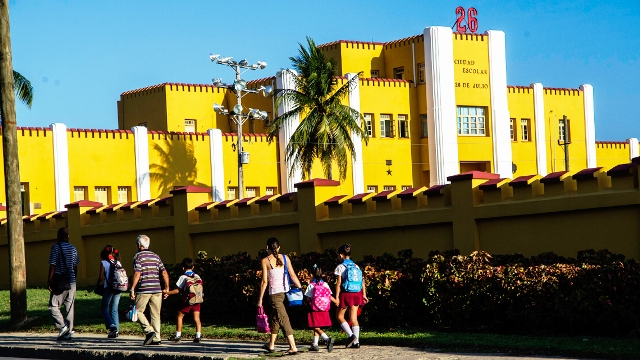
Cuartel Moncada (Museo Historico 26 de Julio) -
The Plaza de la Revolución Square, located in Vedado, Havana's municipality of the same name, is one of the world's largest public squares, measuring 72,000 square meters. It is also a historically significant site, having hosted numerous major events during the Cuban Revolution. Fidel Castro gave lectures here, the Pope performed mass during his 1998 visit to Cuba, and several protests took occurred.
Its vast terrace has hosted several Party congresses, as well as acts of solidarity with brother nations and remembrances of historic events such as the attack on Cuartel Moncada and the Revolution's victory. The magnificent monument dedicated to General Antonio Maceo, a 19th-century military hero, is the most remarkable feature of this enormous area. A colossal sculpture of the General on horseback is surrounded by saw-toothed machetes that sprout from the grass. Alberto Lezcay, a local artist, created this magnificent work of art, which was constructed in the 1990s.
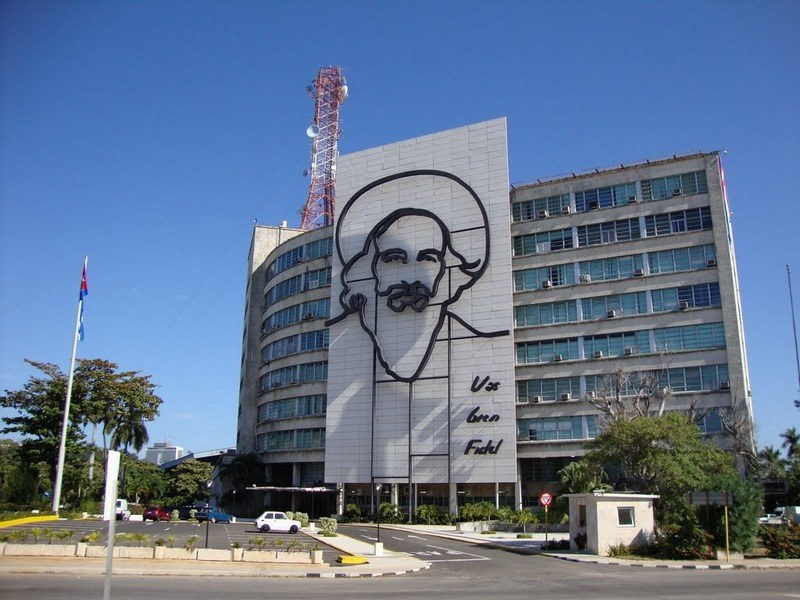
Revolution Plaza (Plaza de la Revolucion) 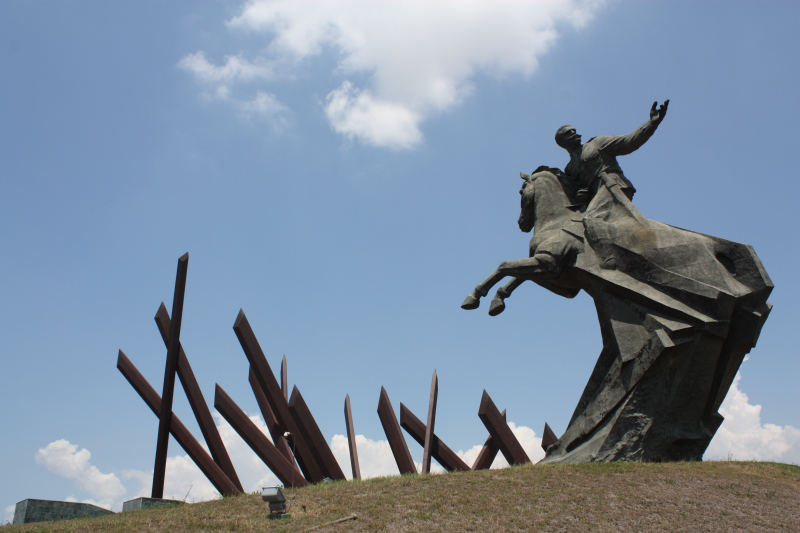
Revolution Plaza (Plaza de la Revolucion) -
The Emilio Bacardi Moreau Museum, located in a beautiful 1929 Neoclassical edifice, is one of Cuba's oldest museums, with an extraordinary collection of art and artifacts from throughout the world. Prehistory, the Spanish Conquest, the War of Independence, and the Revolution are all included in the collection. Most of the items were purchased by Emilio Bacardi Moreau, a Cuban politician and writer who traveled to Egypt in 1912 to purchase a mummy.
Artifacts from the Amerindians, the conquistadors, and the slave trade, as well as personal belongings from national heroes like Carlos Manuel Cespedes and Jose Marti, are among the exhibitions. The art exhibit, which comprises national and international artists, is perhaps the most remarkable part of the museum, while the archeological section contains Egyptian and Peruvian mummies as well as Amazonian shrunken heads.
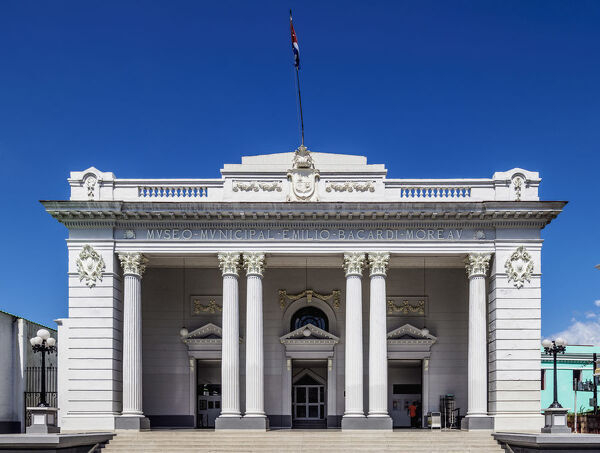
Emilio Bacardi Moreau Museum (Museo Municipal Emilio Bacardi Moreau) 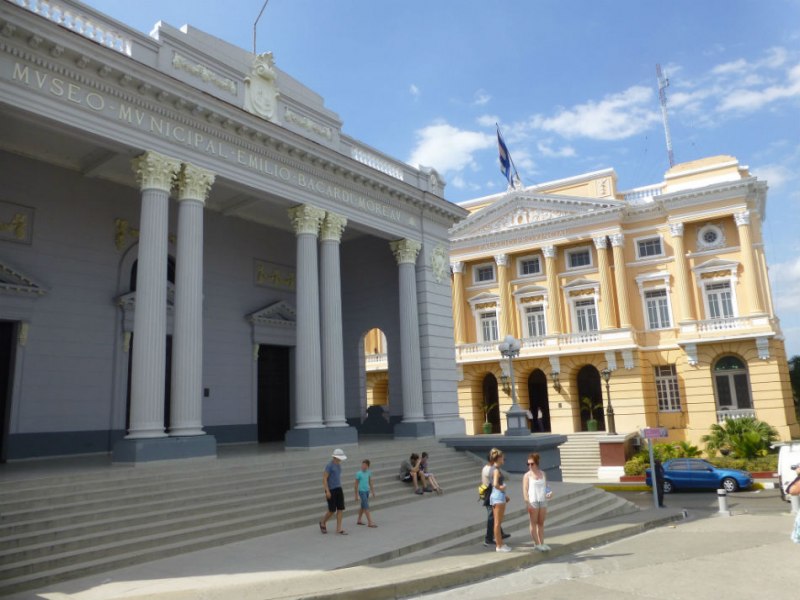
Emilio Bacardi Moreau Museum (Museo Municipal Emilio Bacardi Moreau) -
The Vista Alegre area of Santiago de Cuba was formerly the city's affluent residential district. Vista Alegre has been recognized as a national monument by the government. It is a great option if you want to meander around the streets and observe the diverse modernist architecture on exhibit in the 165 buildings. The architecture in this region, which includes numerous Neoclassical mansions, dates from the 1920s and 1930s.
You may take a stroll along the broad tree-lined lanes and imagine what life must have been like for the affluent Cubans who once resided in these magnificent mansions. Many have been converted into offices, restaurants, and schools. Aside from the architecture, the small Museo de Imagen, which has exhibits on the history of photography in Cuba, and the Casa del Caribe, a cultural research center that hosts music evenings and festivals, are two more tourist attractions in Vista Alegre.
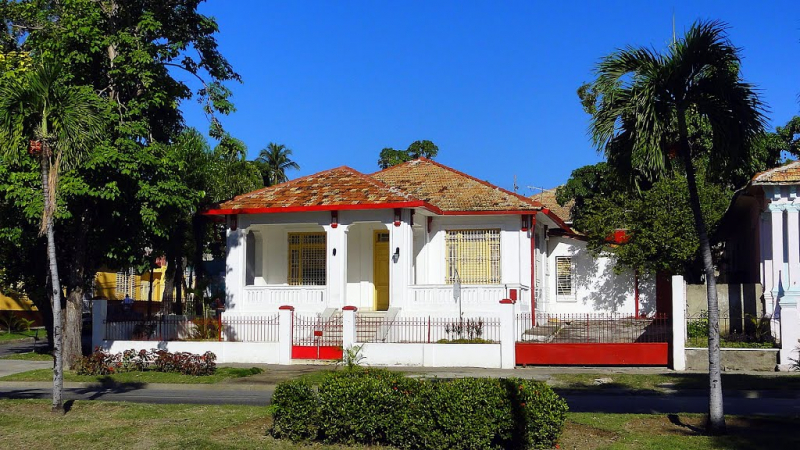
Vista Alegre 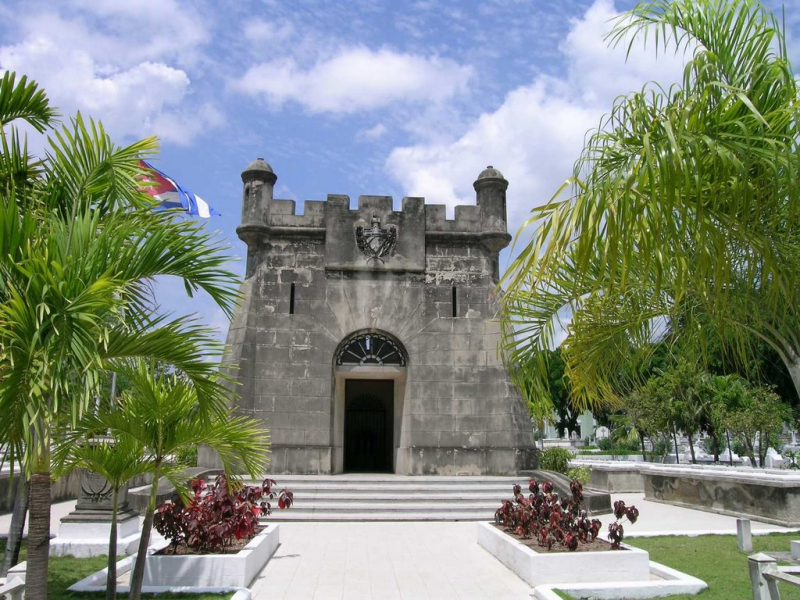
Vista Alegre -
Sierra Maestra is a mountain range in southeast Cuba that stretches westward over the ancient Oriente Province, rising abruptly from the shore. From Cape Cruz on the southern side of the Gulf of Guacanayabo to the Guantánamo River valley, the range stretches eastward. The heavily forested mountains rise abruptly from the Caribbean coast, culminating in Turquino Peak, Cuba's highest peak at 6,476 feet (1,974 meters). Coffee is grown in the Sierra Maestra's slopes, which produce mahogany, cedar, ebony, and other hardwoods.
The entire area is a beautiful, diverse natural paradise. On its orography, you'll discover a wide range of landscapes and climates, which have resulted in an unusual settlement owing to its beauty and outstanding ecological conditions, which are home to several indigenous fauna and flora species. It is today a greatly valued place by the Cuban people due to its incomparable natural worth, in addition to its historical significance.
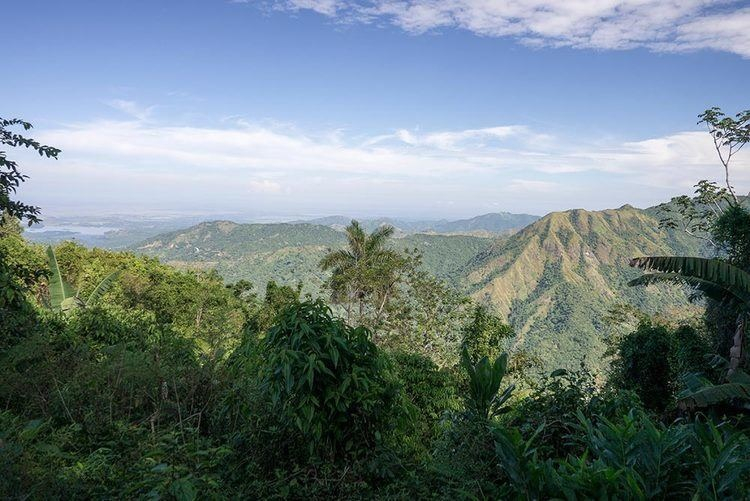
Sierra Maestra 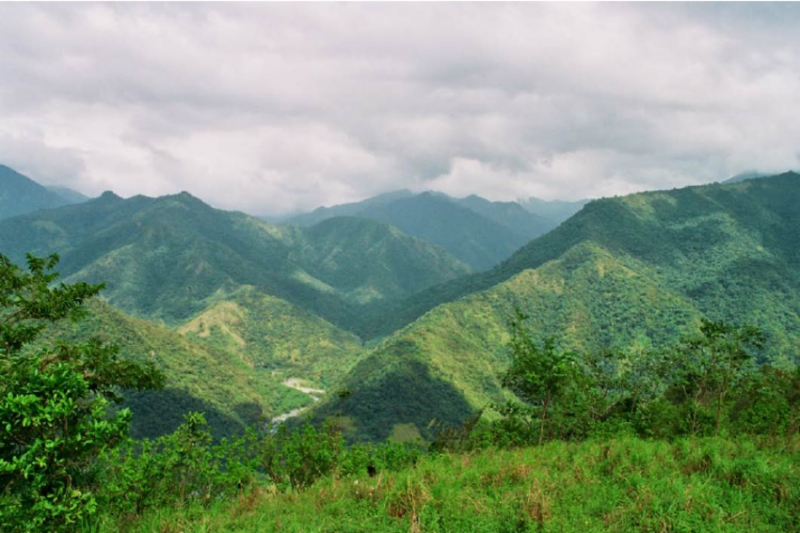
Sierra Maestra












